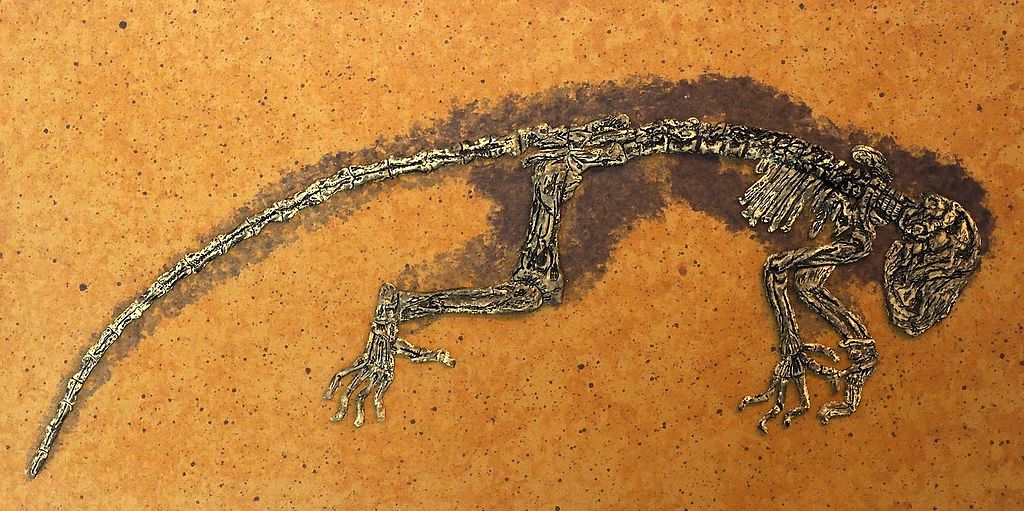What Can We Learn from Fossilized Dinosaur Eggs?
Fossilized dinosaur eggs represent remarkable time capsules from Earth’s distant past, offering paleontologists and researchers unique insights that skeletal remains alone cannot provide. These prehistoric treasures, sometimes preserved with embryos inside, reveal intimate details about dinosaur reproduction, parenting behaviors, and evolutionary connections that have profound implications for our understanding of both extinct and modern species. ...

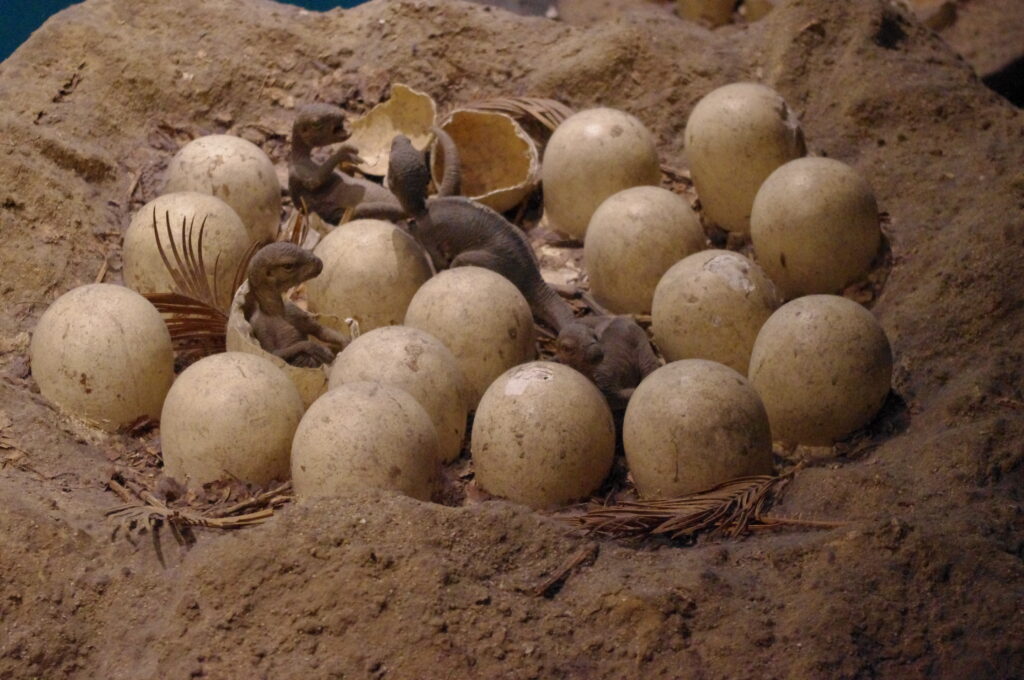
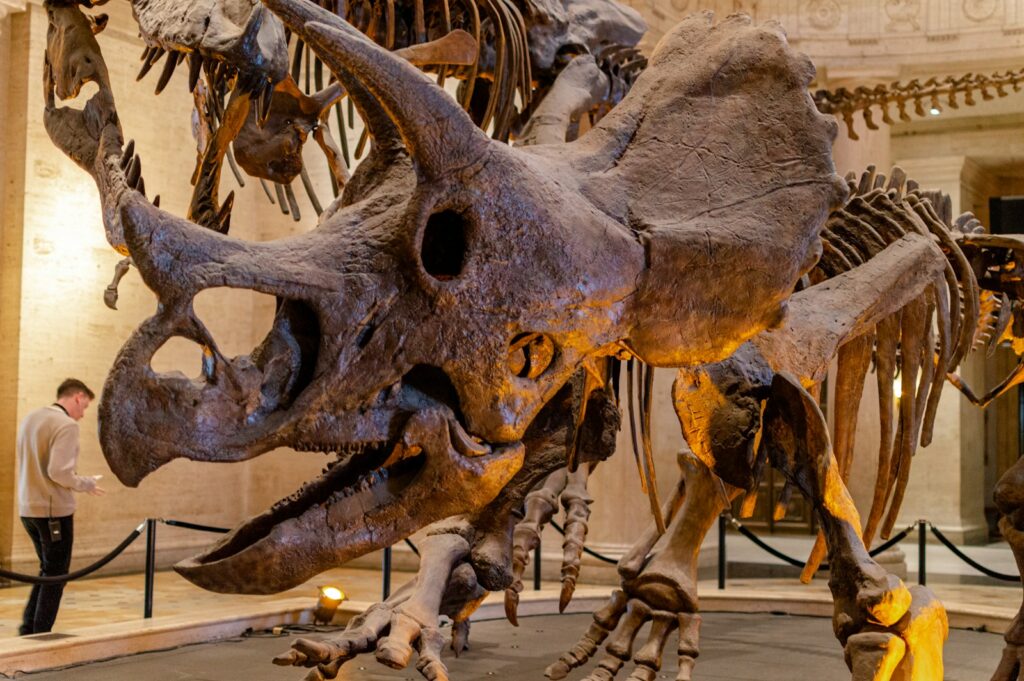

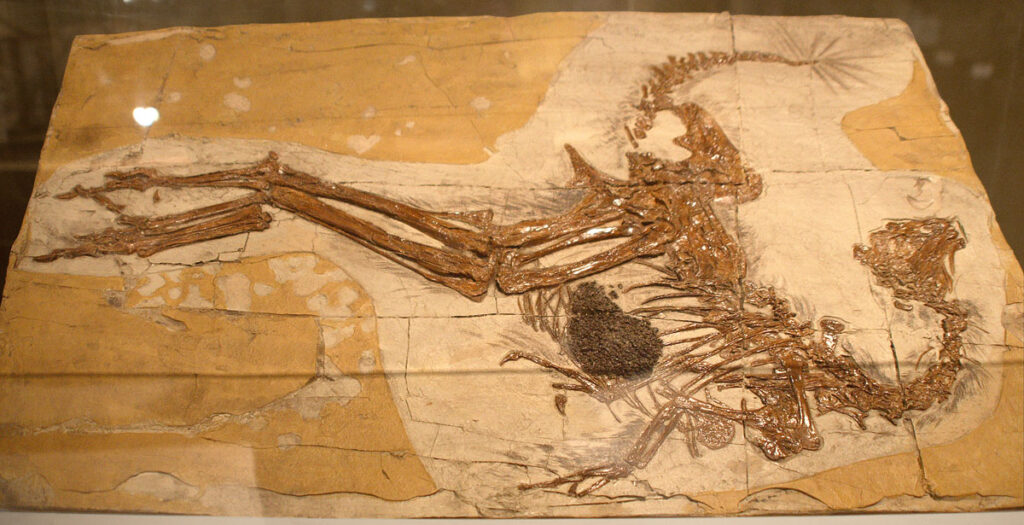
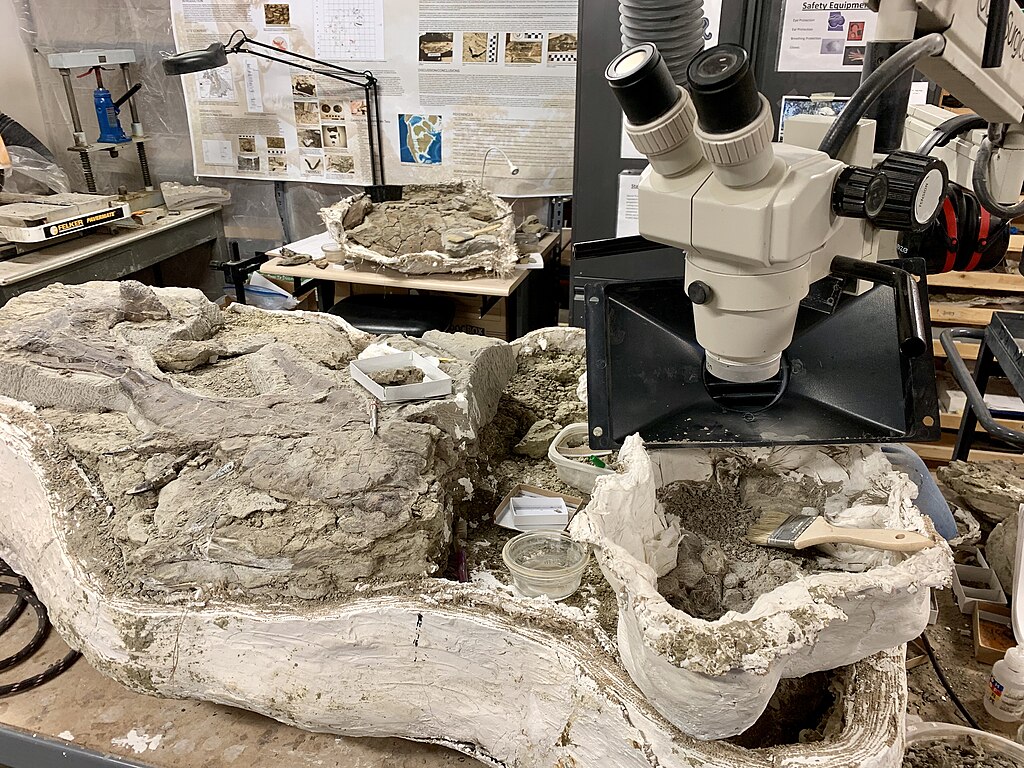
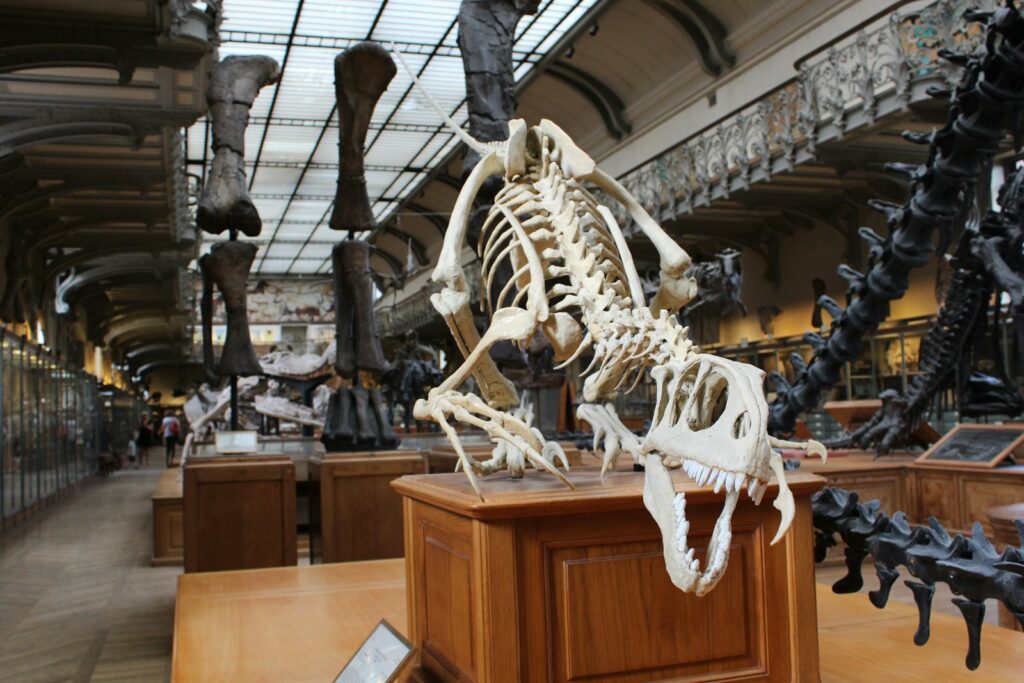

未定種.jpg)

